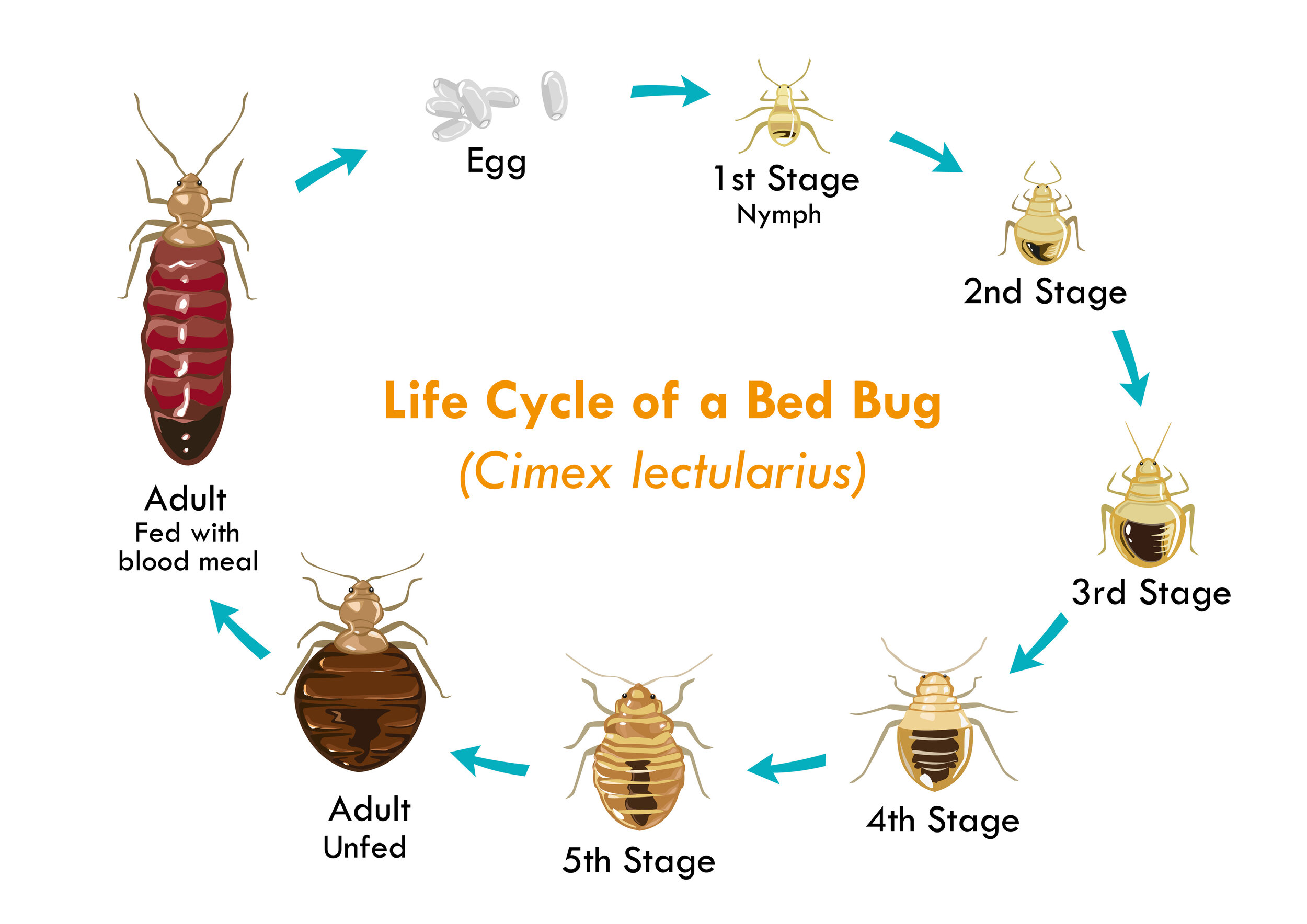Recognizing the Lifecycle of Bugs for Targeted Control Techniques
Understanding the lifecycle of pests is a fundamental element of reliable pest administration methods. By comprehending the various stages of advancement that bugs undergo, an extra targeted and accurate method can be adopted to manage their populaces. This expertise not just clarifies the susceptabilities within the parasite lifecycle however likewise paves the way for executing tactical steps that can disrupt their development and recreation cycles. Via a deeper understanding of how bugs flourish and evolve, customized control methods can be designed to attend to specific points in their lifecycle, inevitably resulting in more successful parasite monitoring outcomes.
Importance of Comprehending Parasite Lifecycle
Recognizing the lifecycle of parasites is important for creating reliable and targeted control approaches in parasite administration. By comprehending the different stages a parasite goes via from egg to adult, bug control specialists can identify weak spots in the lifecycle where treatment can be most successful. As an example, understanding when larvae are most energetic can help figure out the optimum timing for applying larvicides. Furthermore, recognizing the life-span of a bug species can aid in forecasting population development patterns and potential problem threats.
Additionally, acknowledging the details ecological conditions required for each phase of the insect's lifecycle can assist decisions on environment adjustment or exemption methods to disrupt the lifecycle and reduce pest populations. This understanding enables pest administration experts to carry out positive measures instead of depending solely on responsive therapies, leading to even more long-term and lasting pest control solutions. Ultimately, a comprehensive understanding of bug lifecycles encourages pest control specialists to tailor their strategies effectively, making best use of and reducing ecological impacts control results.
Key Phases in Insect Growth
To effectively execute targeted control strategies in insect monitoring, a crucial aspect depends on comprehensively determining and understanding the key stages in insect growth. Insect development normally contains several vital stages that are vital for their lifecycle and administration. The first phase is the egg phase, where parasites lay eggs that later hatch right into larvae. Larvae then progress right into pupae, a phase where they undergo transformation prior to emerging as grown-up pests. Understanding these phases is vital as it assists in identifying weak spots in the lifecycle where control steps can be most effective.

Susceptabilities in Bug Lifecycle
Throughout the different stages of view it now a bug's lifecycle, distinctive susceptabilities emerge that can be tactically targeted for effective control measures (A1 Bed Bug treatment houston). One critical vulnerability exists in the egg stage, where parasites are often much more prone to certain pesticides or organic control representatives due to their soft outer covering, making them simpler targets for treatment. Understanding these susceptabilities in the pest lifecycle is necessary for establishing effective and specific control techniques that properly handle insect populaces while lessening environmental impact.
Carrying Out Targeted Control Actions

Implementing targeted control measures commonly includes a multi-faceted approach. This may consist of environment modification to make the environment less welcoming to insects, such as removing standing water for mosquito control or securing entry points for rodents. In addition, biological control approaches can be used, where all-natural predators or pathogens are presented to keep insect populations in check.
Integrated Bug Management (IPM) techniques that combine various control procedures in a worked with and sustainable manner are often the most reliable in accomplishing lasting parasite administration objectives. By implementing targeted control steps based on an extensive understanding of pest lifecycles, parasite populations can be efficiently controlled while lessening risks to human health and the environment.
Enhanced Insect Management Practices

Moreover, the unification of organic control representatives, such as all-natural predators or virus of insects, can help in reducing dependence on chemical pesticides and advertise an extra well balanced environment. Implementing physical obstacles and traps can additionally become part of boosted bug monitoring methods, using safe and targeted options for parasite control. Furthermore, making use of pheromones and various other semiochemicals can disrupt try here pest mating patterns and communication, leading to decreased bug populations in time.
Verdict
By identifying essential visit this web-site stages in parasite advancement and vulnerabilities in their lifecycle, targeted control actions can be implemented to decrease pest populaces. Improved bug monitoring techniques can aid minimize the dependence on broad-spectrum chemicals and advertise even more environmentally friendly and lasting bug control methods.
Comprehending the lifecycle of parasites is necessary for creating reliable and targeted control techniques in parasite administration. By understanding the numerous phases a bug goes via from egg to adult, insect control professionals can identify susceptible points in the lifecycle where intervention can be most effective. Ultimately, a complete understanding of insect lifecycles encourages parasite control specialists to customize their approaches properly, decreasing environmental effects and taking full advantage of control results.
By carrying out targeted control steps based on a complete understanding of parasite lifecycles, pest populations can be properly managed while decreasing risks to human wellness and the atmosphere.
By determining vital phases in parasite advancement and susceptabilities in their lifecycle, targeted control actions can be carried out to minimize insect populations.